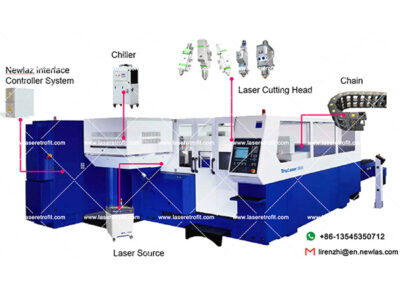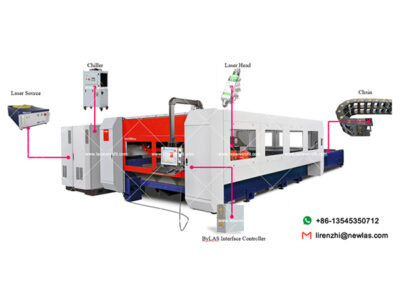As laser cutting systems grow more indispensable to more OEMs and custom fabricators, it pays to learn the nuances of how they work to get the most bang for your buck.
As the demand for thick plate cutting increases, people also encounter difficulties in laser cutting thick plates. This article will provide some advice on thick plate cutting.
To cut thick steel plate, laser operators must be aware of material quality requirements and special operating techniques. Inevitably, as an operator, you will be asked to cut thick plate at some point. Being properly prepared will make your job much easier, as it will bring you better results and consistency. The checklist for ensuring an optimal thick-plate cutting process includes:
Material Quality
The most important aspect of consistent quality in thick plate cutting is the quality of the material. You cannot produce quality parts in material that is inconsistent in both its internal makeup and its surface condition.
A common question is “what is a good material to laser cut thick plate?” The answer is the same no matter the material type: whatever the material spec calls for, you must find a supplier that will deliver a consistent quality product. That means a material that is rust free, maintains a smooth and consistent mill scale surface and the internal contents are consistent for the specification. Also, make sure the material you are ordering is the same material being delivered.
Assist Gas Quality
Using oxygen to assist in the vaporization and expulsion of the molten material from the cut kerf is critical to thick steel plate cutting. Oxygen is an oxidizer that vigorously reacts when the laser beam makes contact with the metal. The pressure, volume and purity of the oxygen has the greatest effect on the speed at which both the metal is vaporized and expelled from the cut kerf. The purer the oxygen, the cleaner and faster the reaction is completed; subsequently, better edge qualities and faster feed rates can be achieved.
If you are using a liquid oxygen source, you are more than likely utilizing a high-purity oxygen source. If you are using oxygen from a compressed cylinder (green), the purities can be as low as 99.5. The difference between using 99.5 and 99.99 purity can mean as much as a 20% difference in increased feed rates and better overall cut quality with the latter.
Heat Considerations
If you have ever started cutting well on thick plate then witnessed the cut quality deteriorate, this could be a direct result of heat buildup in the plate. Depending on material thickness, the program should contain a pre-piercing cycle as well as a staggered cut sequence to avoid heat buildup in any location. The thicker the plate, the more critical heat becomes in producing quality parts. Check your parameter to ensure it is using just enough laser power to cut the material. For example, if your parameter is currently calling for 80% power, see if you can get away with using 70% power. This technique is vital when cutting heat-sensitive materials, such as high-carbon or high-manganese steels. Always cut the smaller features of a part first, as they are more heat sensitive.






